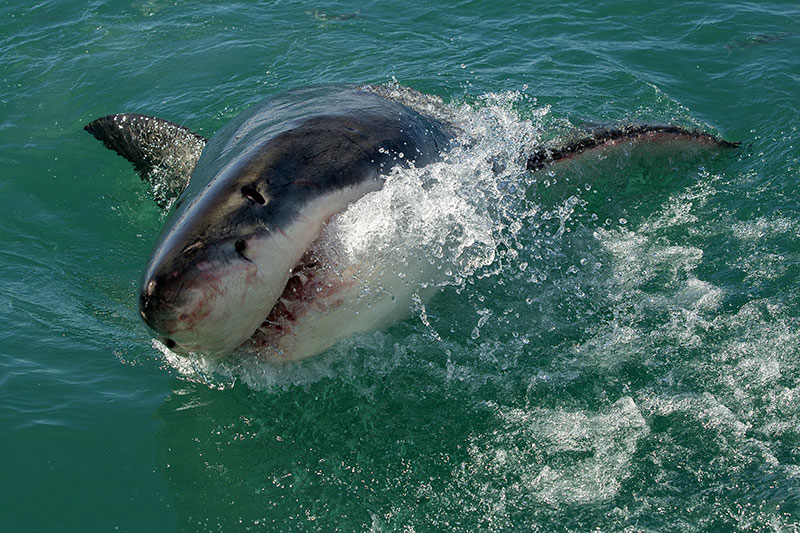The wait is over. As of today, international trade in silky and thresher sharks will be regulated through strict the Convention on International Trade in Endangered Species of Wild Fauna and Flora (CITES) trade controls. As such, any trade in these species from this day forward requires a science-backed finding that the levels of trade will not jeopardise their survival in the wild, and confirmation that they have been legally taken. CITES also regulates “introduction from the sea”, and as such, the same requirements also apply for silky and thresher sharks when taken in areas outside of national jurisdiction, often called the “high seas”.

The decision to bring silky and thresher sharks under CITES was taken exactly a year ago, when the 182 countries plus the European Union (known as the Parties), that are members of CITES, decided to put the silky and thresher sharks, along with a further 500+ new species of wild animals and plants, under the global treaty’s trade regulation regime.
The Conference of the Parties allowed a one year delay before the new rules came into force so that countries could put the necessary regulations and processes into place, noting the high commercial value of the species and the challenge of identifying the products and derivatives of the species in trade.
“The 183 Parties to CITES are increasingly turning to CITES to help ensure sustainability in our oceans. The silky and thresher sharks, together with some other shark species, have been brought under CITES in an effort to help ensure their survival in the wild. The CITES Secretariat is doing its utmost to assist its Parties, in particular developing countries, to implement the Convention for these marine species so that the trade is legal, sustainable and reported,” said CITES Secretary-General, John Scanlon.
Earlier this year, the European Union contributed 900,000 EUR to support the capacity building work of the CITES Secretariat and its partners, including FAO, to assist Parties in implementing CITES rules for marine species – including sharks – that are regulated by CITES trade controls and exploited commercially. This is also a role of CITES that has been recognised by the UN General Assembly in its annual resolution on Sustainable Fisheries.
“Among the roughly 1,000 species of sharks, which include sharks, skates, rays and chimaeras in the CITES context, 23 are included in CITES Appendix II. Contrary to certain misconceptions, CITES Appendix II does not prohibit the harvesting or international trade in any shark species, rather it has brought them under its strict trade controls to ensure that any such trade is legal, sustainable and reported. These efforts will in turn contribute towards achieving enhanced sustainable fisheries management, and ending destructive fishing practices, including illegal, unreported and unregulated fishing, and thereby supporting the achievement of the UN Sustainable Development Goals,” added Scanlon.
